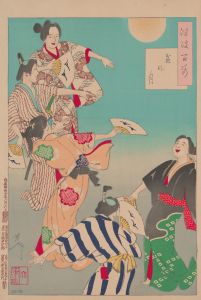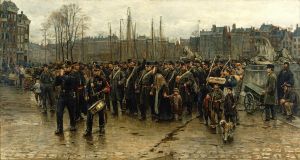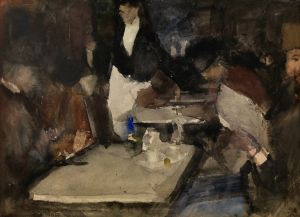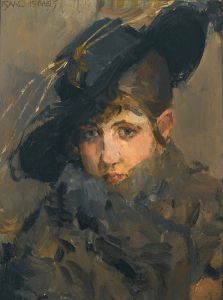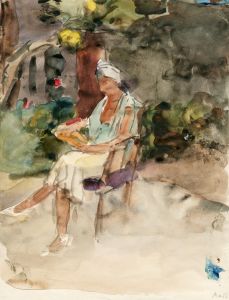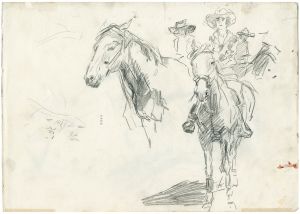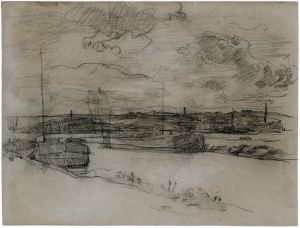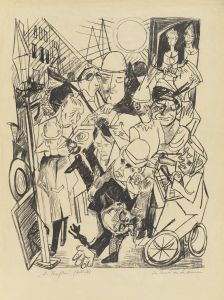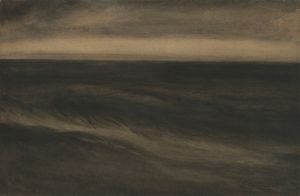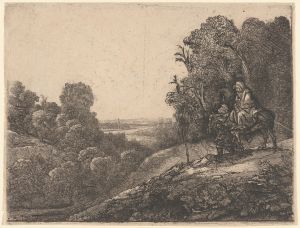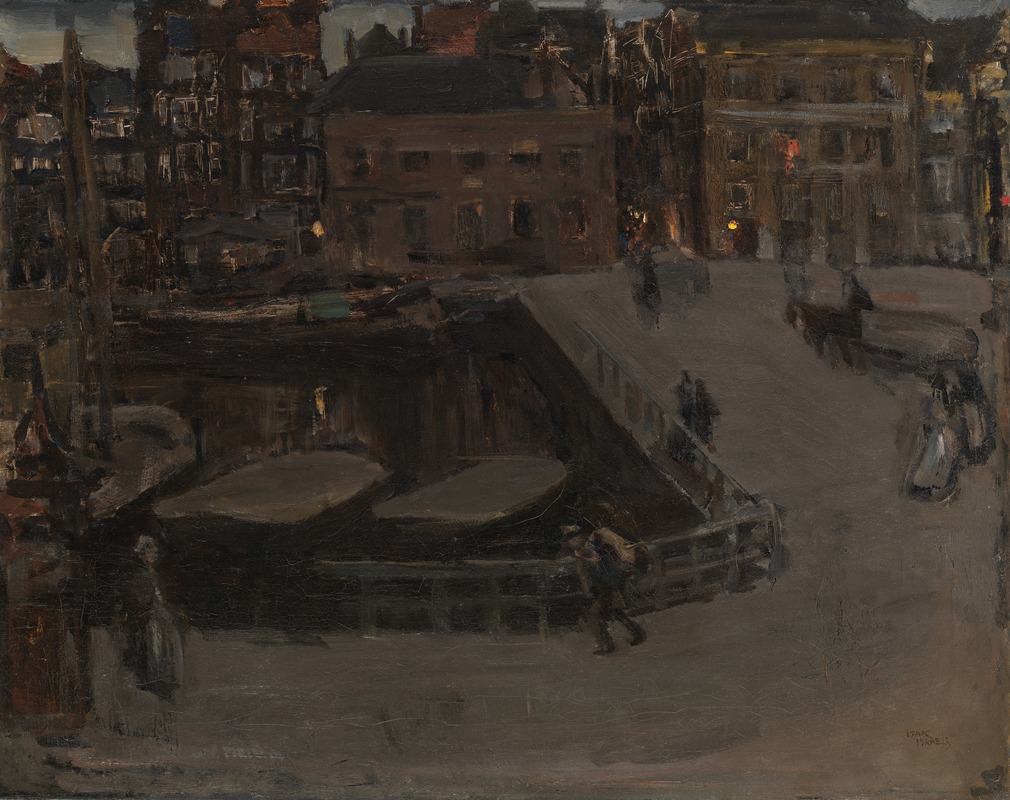
Damrak at night
A hand-painted replica of Isaac Israëls’s masterpiece Damrak at night, meticulously crafted by professional artists to capture the true essence of the original. Each piece is created with museum-quality canvas and rare mineral pigments, carefully painted by experienced artists with delicate brushstrokes and rich, layered colors to perfectly recreate the texture of the original artwork. Unlike machine-printed reproductions, this hand-painted version brings the painting to life, infused with the artist’s emotions and skill in every stroke. Whether for personal collection or home decoration, it instantly elevates the artistic atmosphere of any space.
"Damrak at Night" is a painting by the Dutch artist Isaac Israëls, who was an influential figure in the late 19th and early 20th centuries. Israëls is often associated with the Amsterdam Impressionism movement, which was characterized by its focus on capturing the effects of light and atmosphere in urban settings. This movement was part of a broader trend in European art that sought to depict modern life with immediacy and vibrancy.
Isaac Israëls was born in Amsterdam in 1865, the son of the renowned painter Jozef Israëls. He was exposed to art from a young age and developed his skills under the guidance of his father and through formal education at the Royal Academy of Art in The Hague. Israëls became known for his dynamic compositions and his ability to capture the essence of city life, often portraying bustling streets, cafes, and theaters.
"Damrak at Night" exemplifies Israëls' interest in urban scenes and his skill in rendering the play of light and shadow. The Damrak is a well-known street in Amsterdam, serving as a main thoroughfare that connects the Central Station to the city's central square, Dam Square. In the late 19th and early 20th centuries, the Damrak was a vibrant area, bustling with activity and illuminated by the glow of streetlights and shop windows.
In this painting, Israëls captures the lively atmosphere of the Damrak at night. The scene is likely filled with the movement of people and vehicles, all bathed in the artificial light that was becoming increasingly common in cities during this period. Israëls' use of loose brushwork and a vibrant color palette helps convey the energy and dynamism of the urban environment. The reflections of lights on wet pavements and the blurred outlines of figures suggest a sense of motion and the fleeting nature of modern life.
Israëls' work is often compared to that of the French Impressionists, particularly Edgar Degas and Édouard Manet, who similarly depicted scenes of contemporary life with an emphasis on light and movement. However, Israëls maintained a distinct style that was deeply rooted in the Dutch artistic tradition, characterized by a keen observational eye and a sensitivity to the nuances of everyday life.
Throughout his career, Israëls traveled extensively, spending time in cities such as Paris and London, where he continued to explore urban themes. His work gained recognition both in the Netherlands and internationally, and he became a prominent figure in the art world of his time.
"Damrak at Night" is a testament to Israëls' ability to capture the spirit of Amsterdam and the transformative effects of modernity on the urban landscape. The painting remains an important example of Amsterdam Impressionism and reflects the broader cultural and technological changes of the era. Today, Israëls' works are held in various collections around the world, appreciated for their historical significance and artistic merit.






